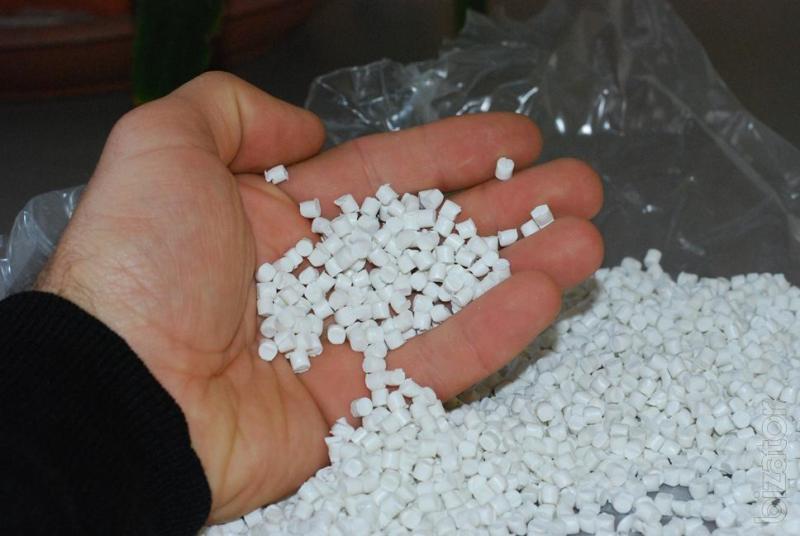Emerging Applications Drive Demand
Polypropylene compounds have seen rising popularity in the plastics industry due to their versatility and high performance properties. With every passing year, engineers find new applications for these materials, helping expand the boundaries of what is possible. The automotive, consumer durables, and industrial sectors have all embraced PP compounds for their lightweight yet durable characteristics.
Automotive Leads Adoption
The automotive industry has emerged as a frontrunner in utilizing PP compounds for numerous vehicle components. Around 20% of a modern vehicle's weight can be attributed to plastic parts. PP compounds offer automakers an opportunity to reduce vehicle curb weight without compromising on strength. Engine covers, panels, bumpers, seats, and interior trim are all candidates for conversion to PP compounds. As emission regulations tighten globally, low-density plastics like PP compounds will continue gaining preference.
Consumer Durables Also a Large Adopter
Consumer products such as home appliances, consumer electronics, and furnishings have also seen expanding use of PP compounds. Their moldability and resistance to heat, moisture, and impact make them well-suited for housings and enclosures. Polypropylene Compounds maintain dimensional stability through repeated use while providing an aesthetically pleasing surface finish. Major home appliance manufacturers are optimizing part design and material selection using PP compounds to lower weight and cut manufacturing costs.
Industrial Applications Emerging
Industrial sectors ranging from pipe systems to material handling are evaluating PP compounds for selective replacement of metals. Characteristics like corrosion resistance and durability in outdoor environments give PP compounds an edge. Prototyping is underway for water pipes, cable ties, storage containers, and structural beams where PP compounds can improve performance or reduce total lifecycle costs versus traditional alternatives. As production technologies advance and more engineers realize the potential, demand from the industrial sphere will likely multiply.
Compounding Technologies Evolve
Developments in compounding equipment and formulation know-how have enabled material properties unattainable a decade ago. Improved dispersion, better compatibility with additives, and control over crystallinity are expanding the performance window. Leading manufacturers now offer solutions meeting benchmarks like UL 94 V-0 flame ratings that were previously challenging. Emerging techniques such as reactive extrusion allow integrating oxides and minerals at molecular level for barrier attributes. These innovations will sustain demand by addressing more complex design needs across varied application landscapes.
Supply Chain Readies for Growth
Anticipating further gains in polypropylene compound consumption, major producers are undertaking capacity expansion projects around the world. New polypropylene plants as well as compounding facilities are in the works with an aim to reduce transportation costs and shorten lead times for customers. Regional compounders too have accelerated capacity additions to leverage localized demand. The supplier landscape is also witnessing consolidation as large corporations acquire competitive technology assets and customer relationships. An efficiently integrated supply chain will be critical to satisfaction of rising volumes without price volatility over the long term.
Regulatory Compliance Under Review
Heightened concerns around plastic waste have galvanized legislation worldwide targeting polymers and formulations. Polypropylene producers are engaging with lawmakers to define balanced standards that safeguard the environment as well as the role of plastics in solutions. Recyclability evaluation and chemical makeup disclosure requirements could impact product design and labeling. However, PP compounds may enjoy certain exemptions since recycled polypropylene is economically viable. Comprehensive stewardship frameworks may also address policymakers' anxieties while ensuring this material's role in an increasingly sustainable future.
In summary, polypropylene compounds have cemented their value proposition across major sectors relying on technical plastics. With continuous compounding and application innovations, these materials are set to contribute significantly to global demand for engineered polymers in the years ahead. A proactive, collaborative approach will help balance growth opportunities with responsible production and waste management practices.
Get more insights on Polypropylene Compounds
